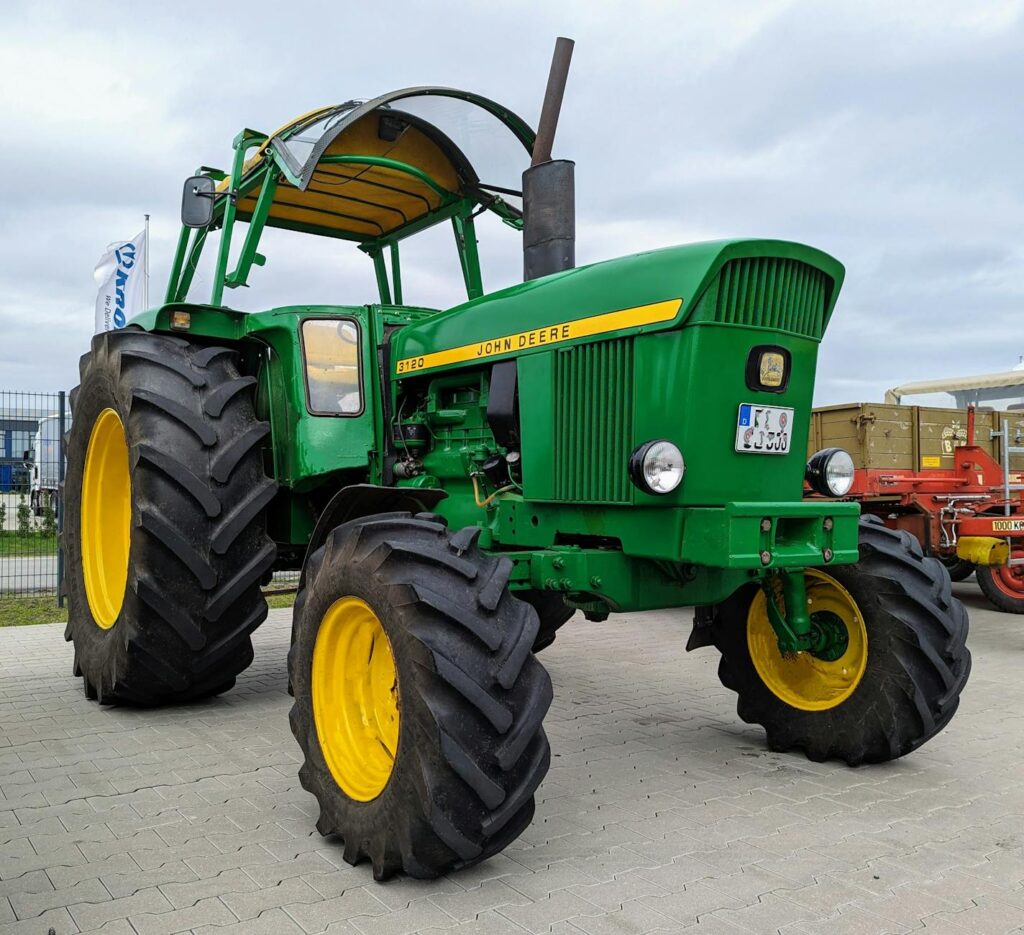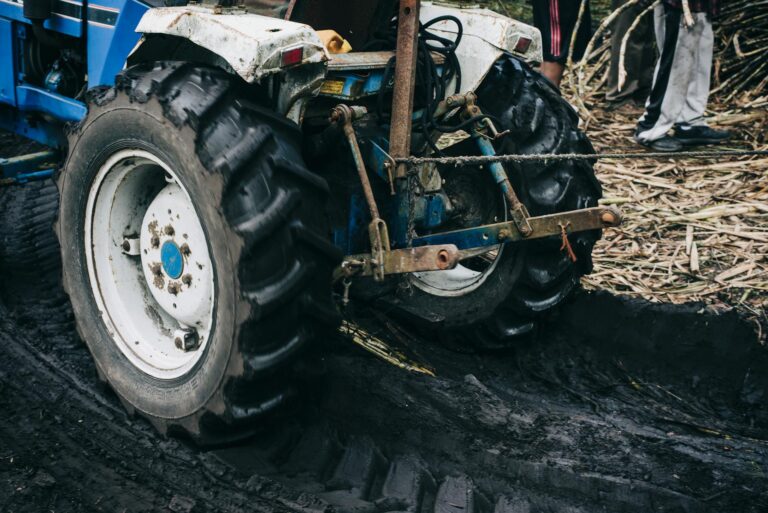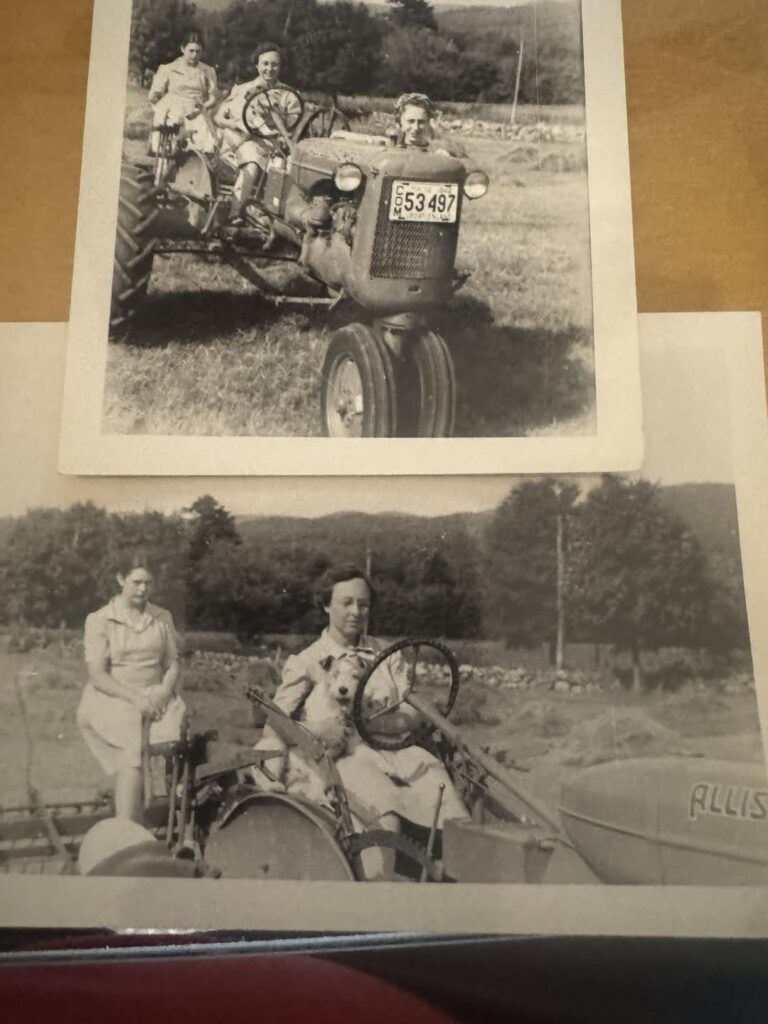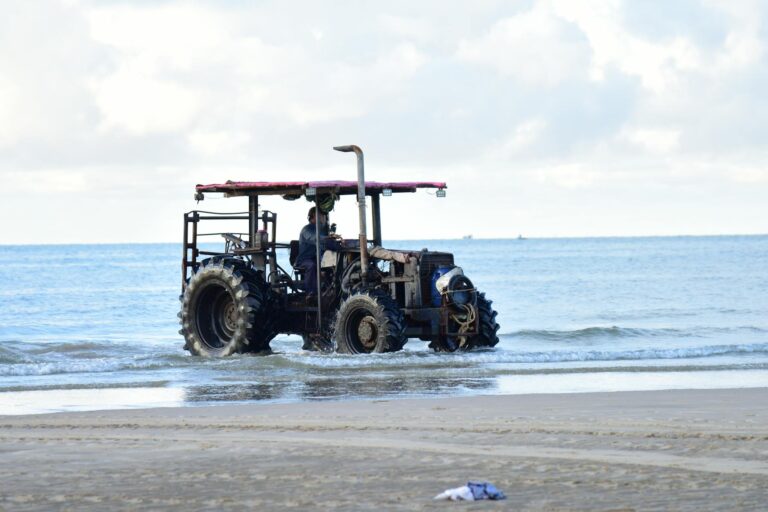When it comes to rugged reliability and all-around performance, the John Deere Tractor 310A backhoe loader tractor stands out as a legend in its class. Produced in the late 1970s and early 1980s, this durable machine remains popular on farms, construction sites, and ranches for digging, loading, grading, and more.
If you’ve recently purchased or are planning to operate a John Deere 310A, it’s essential to learn how to drive it properly—not only to maximize efficiency but also to ensure safety and prolong the life of the machine.
This guide will walk you through understanding the machine, basic operating procedures, key driving tips, common mistakes to avoid, and a few maintenance reminders. Whether you’re a seasoned operator brushing up on your knowledge or a beginner getting your first taste of heavy equipment, you’ll find valuable insights here.
1. Getting to Know Your John Deere Tractor 310A
Before jumping into the driver’s seat, take a moment to familiarize yourself with the tractor. The 310A is a tractor-loader-backhoe (TLB), meaning it combines a front loader and a rear backhoe attachment on a tractor frame.
Key features you should recognize include:
✅ Operator station controls — steering wheel, throttle, gear shift, clutch (on manual models), brakes, and loader/backhoe levers. ✅ Instrument panel — displays engine temperature, oil pressure, fuel gauge, and warning lights. ✅ Loader controls (on the right side typically) — control the boom and bucket. ✅ Backhoe controls — located behind the operator seat; the seat often swivels to face the rear. ✅ Transmission — the 310A usually features a synchromesh transmission with many forward and reverse gears.
Always read the operator’s manual first. It’s your bible for specific controls, fluid specs, and maintenance intervals.
2. Starting Up the Tractor
Proper operation starts with a safe, correct startup.
1️⃣ Walkaround inspection:
- Check fluid levels: engine oil, coolant, hydraulic fluid, and fuel.
- Inspect tires for correct inflation and any visible damage.
- Look for leaks under the tractor.
2️⃣ Get into the seat and buckle up. Many operators skip the seatbelt on construction equipment, but it’s there to keep you safely within the ROPS (Roll-Over Protective Structure) in case of a tip.
3️⃣ Ensure all controls are in neutral.
- Place the gear shift in neutral.
- Ensure the parking brake is engaged.
4️⃣ Turn the key to the “on” position. Wait a moment for gauges to stabilize. Listen for the fuel pump to prime if applicable.
5️⃣ Start the engine. Turn the key fully to crank. If it doesn’t start after 5-10 seconds, pause to avoid burning out the starter.
6️⃣ Let it idle. Allow the engine to warm up for a few minutes—especially in cold weather—so oil can circulate properly.
3. Driving the John Deere 310A Forward and Reverse
Selecting Gears
The John Deere 310A typically comes with an 8-speed transmission (8 forward, 8 reverse). Here’s how to drive:
- Depress the clutch fully.
- Select the desired gear (1st or 2nd gear for heavy work, higher gears for transport).
- Slowly release the clutch while gently pressing the throttle.
Use lower gears when driving on slopes, hauling heavy loads, or digging. Reserve higher gears for smooth travel across flat ground.

Steering and Braking
- Use the steering wheel to maneuver—it’s often power-assisted, but keep a firm grip.
- The tractor has split brakes (individual left and right pedals) to help you pivot sharply or avoid wheel spin.
- Always press both brakes evenly for standard stops. Use individual braking carefully—generally at low speeds—to tighten your turning radius.
Reversing
- Bring the machine to a full stop.
- Depress the clutch and shift to a reverse gear.
- Release the clutch gradually while applying throttle.
Take extra caution when reversing, especially with the loader raised, as your rearward visibility is partially blocked.
4. Tips for Smooth and Safe Driving
Avoid Jerky Movements
- Always engage the clutch smoothly. Sudden clutch releases can strain the driveline.
- Use gradual throttle inputs. Heavy jerks can cause loads to spill or shift dangerously.
Mind Your Speed
- Stay slow when operating on uneven ground. The 310A is sturdy but has a high center of gravity, making it susceptible to tipping.
Lower Implements While Traveling
- Keep the loader bucket low (just above ground level) when driving.
- This lowers the center of gravity and improves stability.
Be Cautious on Slopes
- Always drive straight up or down slopes—avoid traveling sideways.
- Use low gears to maintain control on inclines.
Watch Overhead and Underground
- The loader boom and backhoe have much reach. Be mindful of power lines, trees, and structures.
- Before digging, call your local utility locator service to mark underground lines.
5. Common Mistakes to Avoid
🚫 Riding the clutch: Keeping your foot on the clutch pedal wears out the clutch prematurely. Rest your foot on the floorboard when not shifting.
🚫 Transporting with bucket raised high: This dramatically raises the center of gravity, making tipping more likely.
🚫 Overloading the bucket: The 310A has limits for a reason. Overloading strains the hydraulics and increases stopping distance.
🚫 Neglecting the brakes: Check and adjust brakes regularly. Worn or uneven brakes can be disastrous, especially on slopes.
🚫 Ignoring warning lights: If you see oil pressure or temperature warnings, stop immediately and investigate.
6. Parking and Shutting Down Properly
At the end of your work session:
- Lower the loader and backhoe fully to the ground. This takes pressure off the hydraulic system.
- Shift into neutral.
- Engage the parking brake.
- Let the engine idle for a minute to cool down, especially after heavy work.
- Turn off the key.
- Remove the key to prevent unauthorized use.
7. Quick Maintenance Habits
A well-driven machine lasts longer when paired with basic care:
- Check engine oil daily.
- Keep radiator fins clean. Overheating is a major killer of older tractors.
- Grease all pivot points regularly.
- Inspect hydraulic hoses for cracks or leaks.
- Wash off mud and debris to spot problems early.
Final Thoughts
Learning how to drive a John Deere 310A properly is about respecting the power of the machine and operating it with care. Remember: smooth, deliberate movements are key. Take your time to get a feel for how it responds. Each machine may handle slightly differently, especially as they age.
By mastering the basics—gear shifts, throttle control, braking, and proper loader/backhoe positioning—you’ll not only get more done, but you’ll also be safer and extend the life of this classic piece of equipment.
So gear up, do your pre-checks, and get ready to tackle the day with confidence. Your John Deere 310A is ready to work—make sure you are too!



